38 soft labels deep learning
How To Label Data For Semantic Segmentation Deep Learning Models ... Image classification helps to recognize the objects and existing properties in an image, while object detection allows to move one-step further and find the accurate position of the object of ... Robust Training of Deep Neural Networks with Noisy Labels by Graph ... 2.1 Deep Neural Networks with Noisy Labels. Several deep learning-based methods have been proposed to solve the image classification with the noisy labels. In addition to co-teaching [] and pseudo-labeling methods [11, 13, 18], some methods estimate the transition matrix of the noise to train a robust model.Goldberger et al. proposed a method to model the noise transition matrix by adding a ...
Label-Free Quantification You Can Count On: A Deep Learning ... - Olympus Although it shows excellent correspondence between the two methods, the total number of objects detected with deep learning was around 3% higher. Figure 2: Nuclei detected using fluorescence (left), the corresponding brightfield image (middle), and object shape predicted by deep learning technology (right).

Soft labels deep learning
Unsupervised deep hashing through learning soft pseudo label for remote ... We design a deep auto-encoder network SPLNet, which can automatically learn soft pseudo-labels and generate a local semantic similarity matrix. The soft pseudo-labels represent the global similarity between inter-cluster RS images, and the local semantic similarity matrix describes the local proximity between intra-cluster RS images. 3. Learning Soft Labels via Meta Learning The learned labels continuously adapt themselves to the model's state, thereby providing dynamic regularization. When applied to the task of supervised image-classification, our method leads to consistent gains across different datasets and architectures. For instance, dynamically learned labels improve ResNet18 by 2.1% on CIFAR100. Label Smoothing Explained | Papers With Code Label Smoothing. Label Smoothing is a regularization technique that introduces noise for the labels. This accounts for the fact that datasets may have mistakes in them, so maximizing the likelihood of log p ( y ∣ x) directly can be harmful. Assume for a small constant ϵ, the training set label y is correct with probability 1 − ϵ and ...
Soft labels deep learning. Label Smoothing — Make your model less (over)confident Label smoothing is often used to increase robustness and improve classification problems. Label smoothing is a form of output distribution regularization that prevents overfitting of a neural network by softening the ground-truth labels in the training data in an attempt to penalize overconfident outputs. The intuition behind label smoothing is ... Learning from Noisy Labels with Deep Neural Networks: A Survey As noisy labels severely degrade the generalization performance of deep neural networks, learning from noisy labels (robust training) is becoming an important task in modern deep learning... Validation of Soft Labels in Developing Deep Learning Algorithms for ... Validation of Soft Labels in Developing Deep Learning Algorithms for Detecting Lesions of Myopic Maculopathy From Optical Coherence Tomographic Images The predicted possibilities from the models trained by soft labels were close to the results made by myopia specialists. Softmax Classifiers Explained - PyImageSearch Understanding Multinomial Logistic Regression and Softmax Classifiers. The Softmax classifier is a generalization of the binary form of Logistic Regression. Just like in hinge loss or squared hinge loss, our mapping function f is defined such that it takes an input set of data x and maps them to the output class labels via a simple (linear) dot ...
subeeshvasu/Awesome-Learning-with-Label-Noise - GitHub 2017-Arxiv - Deep Learning is Robust to Massive Label Noise. [Paper] 2017-Arxiv - Fidelity-weighted learning. [Paper] 2017 - Self-Error-Correcting Convolutional Neural Network for Learning with Noisy Labels. [Paper] 2017-Arxiv - Learning with confident examples: Rank pruning for robust classification with noisy labels. [Paper] [Code] Label smoothing with Keras, TensorFlow, and Deep Learning This type of label assignment is called soft label assignment. Unlike hard label assignments where class labels are binary (i.e., positive for one class and a negative example for all other classes), soft label assignment allows: The positive class to have the largest probability While all other classes have a very small probability A semi-supervised learning approach for soft labeled data Abstract: In some machine learning applications using soft labels is more useful and informative than crisp labels. Soft labels indicate the degree of membership of the training data to the given classes. Often only a small number of labeled data is available while unlabeled data is abundant. What is Label Smoothing?. A technique to make your model less… | by ... Label smoothing is used when the loss function is cross entropy, and the model applies the softmax function to the penultimate layer's logit vectors z to compute its output probabilities p. In this setting, the gradient of the cross entropy loss function with respect to the logits is simply ∇CE = p - y = softmax (z) - y
How to make use of "soft" labels in binary classification - Quora If you're in possession of soft labels then you're in luck, because you have more information about the ground truth that you would from binary labels alone: you have the true class and its degree. For one, you're entitled to ignore the soft information and treat the problem as a bog-standard classification. Pseudo Labelling - A Guide To Semi-Supervised Learning Semi-Supervised Learning (SSL) which is a mixture of both supervised and unsupervised learning. By There are 3 kinds of machine learning approaches- Supervised, Unsupervised, and Reinforcement Learning techniques. Supervised learning as we know is where data and labels are present. Unsupervised Learning is where only data and no labels are present. MetaLabelNet: Learning to Generate Soft-Labels from Noisy-Labels Soft-labels are generated from extracted features of data instances, and the mapping function is learned by a single layer perceptron (SLP) network, which is called MetaLabelNet. Following, base classifier is trained by using these generated soft-labels. These iterations are repeated for each batch of training data. Understanding Deep Learning on Controlled Noisy Labels - Google AI Blog In "Beyond Synthetic Noise: Deep Learning on Controlled Noisy Labels", published at ICML 2020, we make three contributions towards better understanding deep learning on non-synthetic noisy labels. First, we establish the first controlled dataset and benchmark of realistic, real-world label noise sourced from the web (i.e., web label noise ...
Validation of Soft Labels in Developing Deep Learning Algori... by R Du · 2022 · Cited by 3 — Validation of Soft Labels in Developing Deep Learning Algorithms for Detecting Lesions of Myopic Maculopathy From Optical Coherence ...
Soft-Label Dataset Distillation and Text Dataset Distillation Using `soft' labels also enables distilled datasets to consist of fewer samples than there are classes as each sample can encode information for multiple classes. For example, training a LeNet model with 10 distilled images (one per class) results in over 96% accuracy on MNIST, and almost 92% accuracy when trained on just 5 distilled images.
What is the definition of "soft label" and "hard label"? A soft label is one which has a score (probability or likelihood) attached to it. So the element is a member of the class in question with probability/likelihood score of eg 0.7; this implies that an element can be a member of multiple classes (presumably with different membership scores), which is usually not possible with hard labels.
A Novel Deep Learning System for Breast Lesion Risk Stratification in ... 2.1 Multitask Label Generating Architecture. Soft labels possess information between different classes and are usually used to improve classification performance [].Multitask learning can improve prediction results by message sharing and correlating [].In this paper, we combine the multitask learning with soft label strategy to obtain task-correlated soft labels which not only contain the ...
Learning classification models with soft-label information - PMC by Q Nguyen · 2014 · Cited by 68 — A new classification learning framework that lets us learn from auxiliary soft-label information provided by a human expert is a promising new ...
Loss and Loss Functions for Training Deep Learning Neural Networks Almost universally, deep learning neural networks are trained under the framework of maximum likelihood using cross-entropy as the loss function. Most modern neural networks are trained using maximum likelihood. This means that the cost function is […] described as the cross-entropy between the training data and the model distribution.
Weakly Supervised Medical Image Segmentation With Soft Labels and Noise ... Soft labels can provide additional information to the learning algorithm, which was shown to reduce the number of instances required to train a model [ 31]. Label smoothing techniques can be considered as utilization of probabilistic labels (soft labels).
Multi-Class Neural Networks: Softmax | Machine Learning - Google Developers Candidate sampling means that Softmax calculates a probability for all the positive labels but only for a random sample of negative labels. For example, if we are interested in determining whether...
Weakly Supervised Medical Image Segmentation With Soft Labels and Noise ... Weakly Supervised Medical Image Segmentation With Soft Labels and Noise Robust Loss Banafshe Felfeliyan, Abhilash Hareendranathan, Gregor Kuntze, Stephanie Wichuk, Nils D. Forkert, Jacob L. Jaremko, Janet L. Ronsky Recent advances in deep learning algorithms have led to significant benefits for solving many medical image analysis problems.
Label-free intraoperative histology of bone tissue via deep-learning ... Fig. 7: Label-free UV-PAM virtual histology of undecalcified bone via unsupervised deep learning. a , c , Virtual-stained PAM images of undecalcified bone sections on a glass slide. b , d ...
How to map softMax output to labels in MXNet - Stack Overflow 1. In Deep learning the predictions are often encoded using one hot vector. I am using MXNet for creating a simple Neural Network which classifies images of animals as cats,dogs,horses etc. When I call the Predict method of MXNet it returns me a softmax output. Now, how do I determine that the index of the entry in the softmax output ...
(PDF) Deep learning with noisy labels: Exploring techniques and ... Supervised training of deep learning models requires large labeled datasets. There is a growing interest in obtaining such datasets for medical image analysis applications. However, the impact of...
What is Deep Learning? | IBM Deep learning is a subset of machine learning, which is essentially a neural network with three or more layers. These neural networks attempt to simulate the behavior of the human brain—albeit far from matching its ability—allowing it to "learn" from large amounts of data. While a neural network with a single layer can still make ...
Label Smoothing Explained | Papers With Code Label Smoothing. Label Smoothing is a regularization technique that introduces noise for the labels. This accounts for the fact that datasets may have mistakes in them, so maximizing the likelihood of log p ( y ∣ x) directly can be harmful. Assume for a small constant ϵ, the training set label y is correct with probability 1 − ϵ and ...
Learning Soft Labels via Meta Learning The learned labels continuously adapt themselves to the model's state, thereby providing dynamic regularization. When applied to the task of supervised image-classification, our method leads to consistent gains across different datasets and architectures. For instance, dynamically learned labels improve ResNet18 by 2.1% on CIFAR100.
Unsupervised deep hashing through learning soft pseudo label for remote ... We design a deep auto-encoder network SPLNet, which can automatically learn soft pseudo-labels and generate a local semantic similarity matrix. The soft pseudo-labels represent the global similarity between inter-cluster RS images, and the local semantic similarity matrix describes the local proximity between intra-cluster RS images. 3.
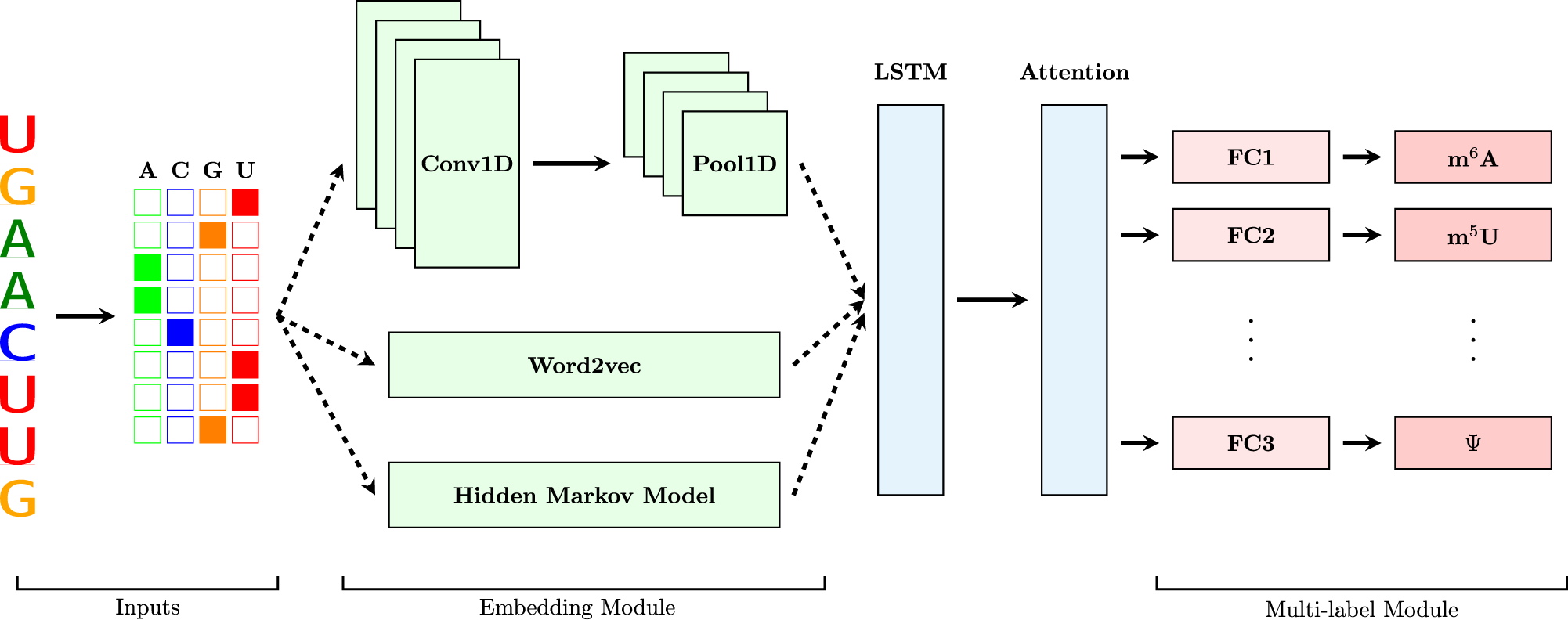
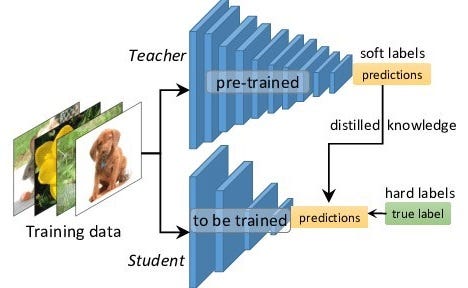
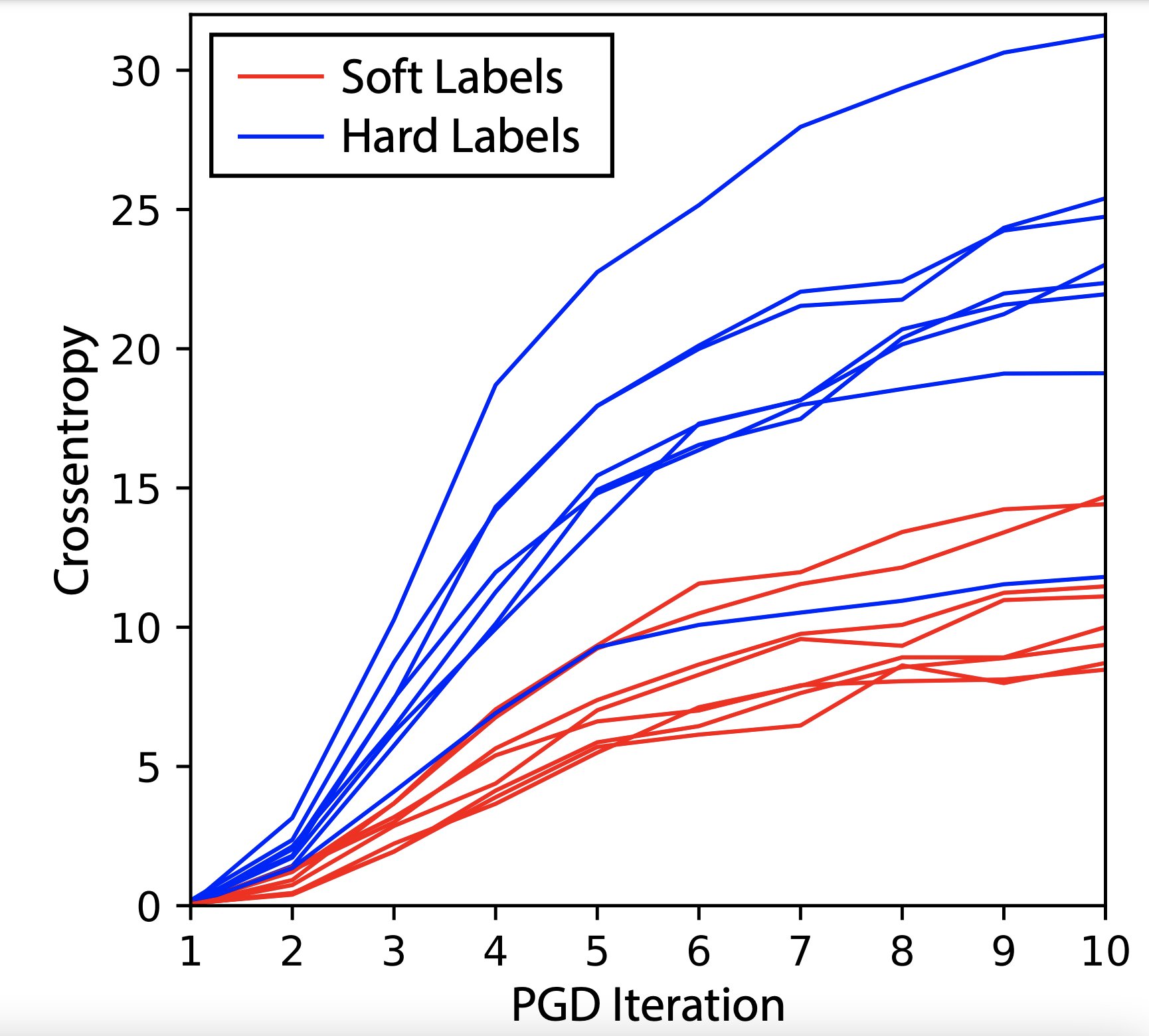
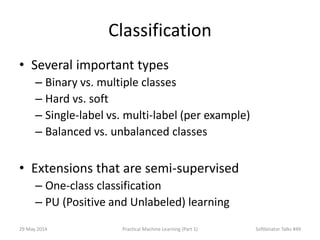


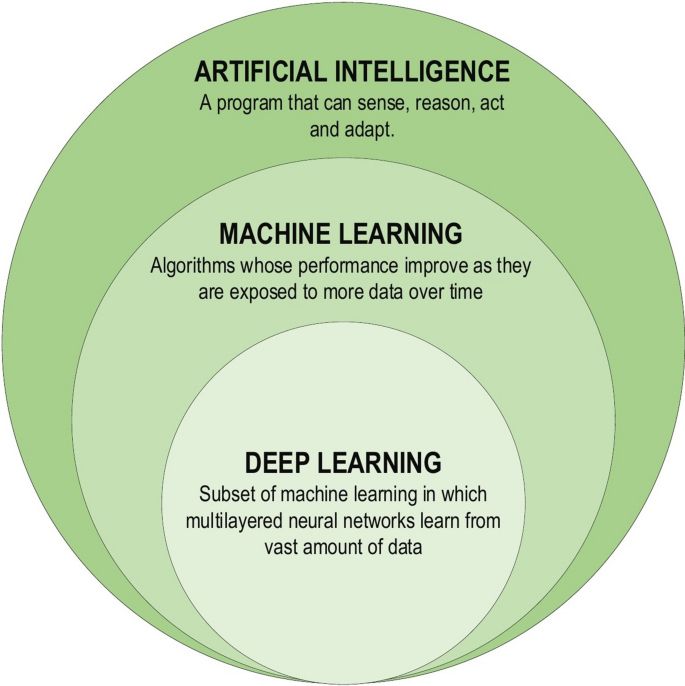

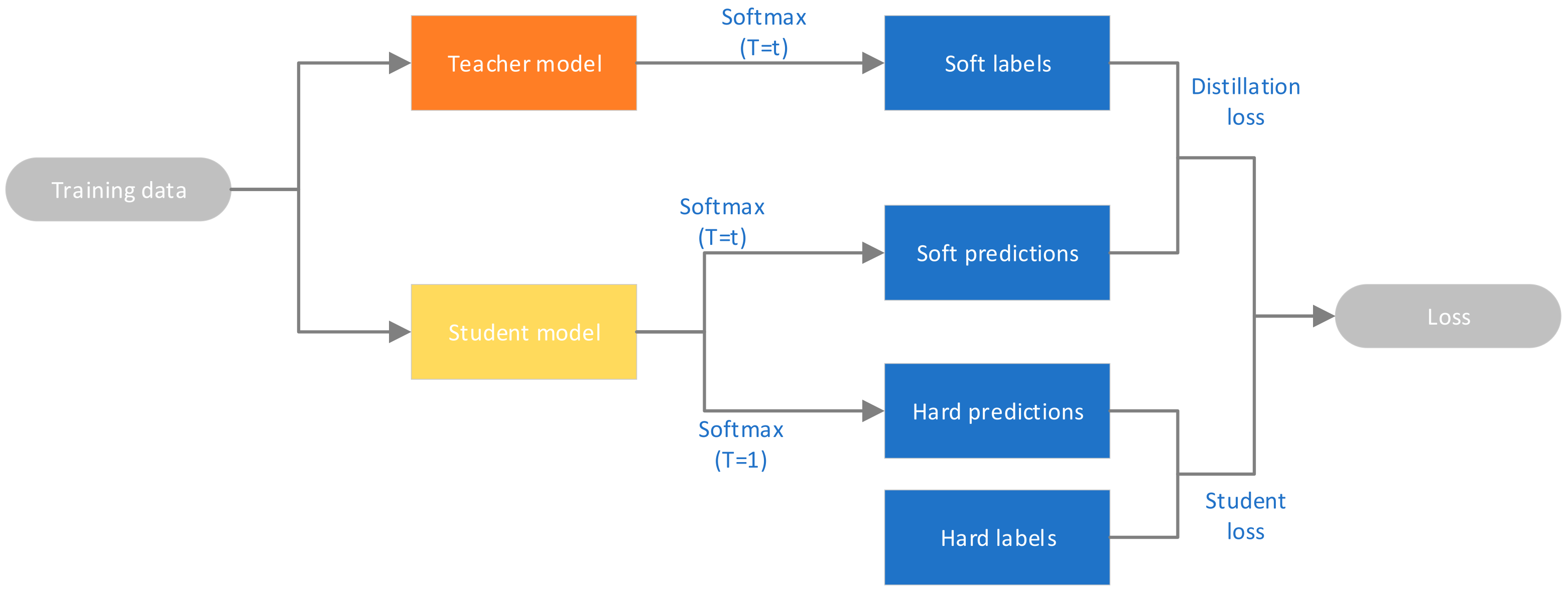
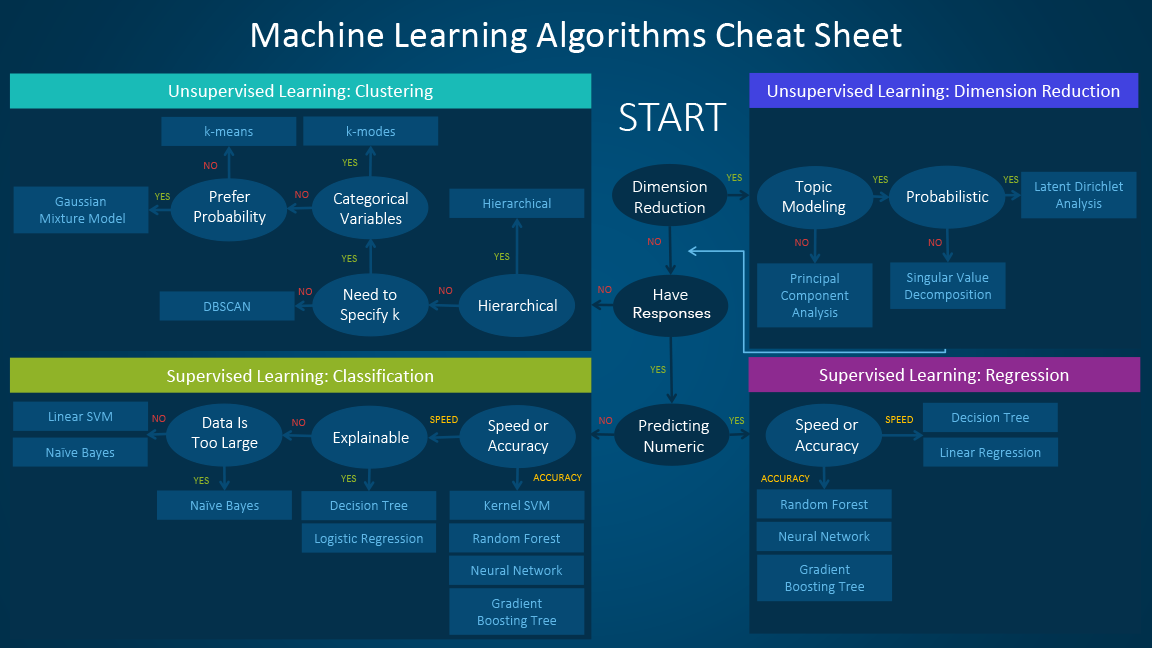
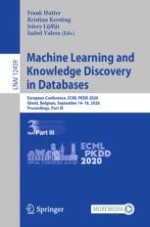
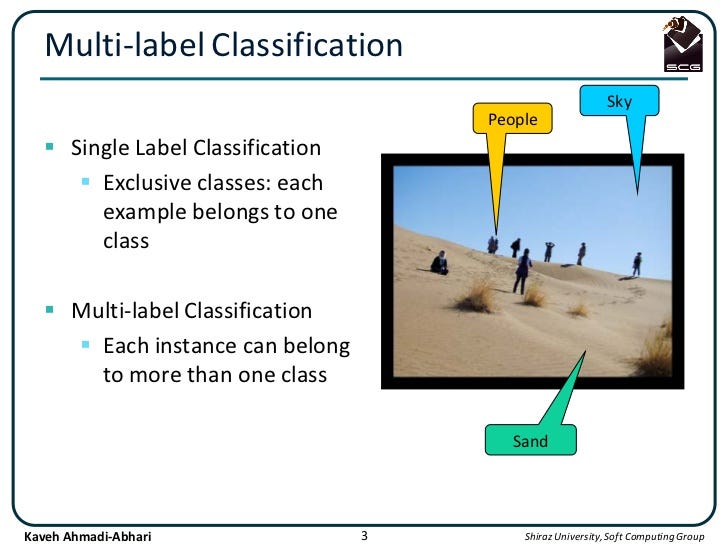


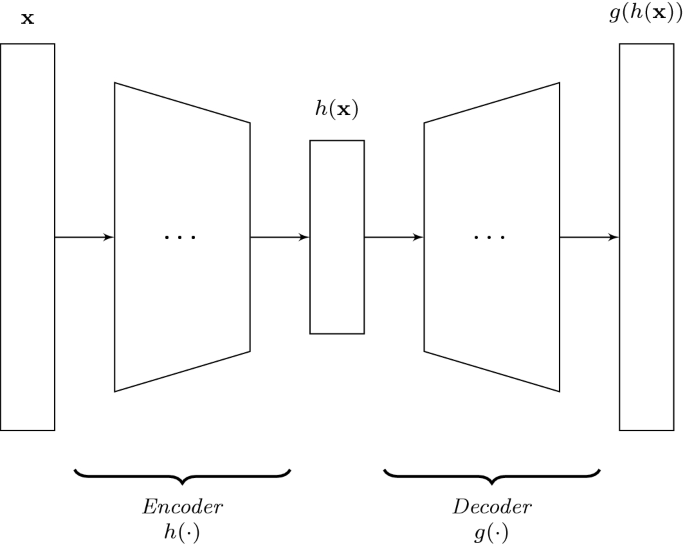
![PDF] Utilizing Knowledge Distillation in Deep Learning for ...](https://d3i71xaburhd42.cloudfront.net/21424b25b9718a13a3ce01c8d1a828ac01655a4a/5-Figure1-1.png)
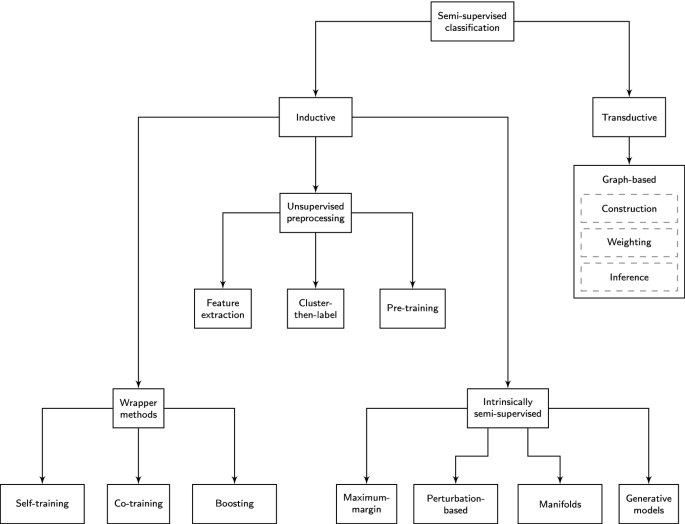
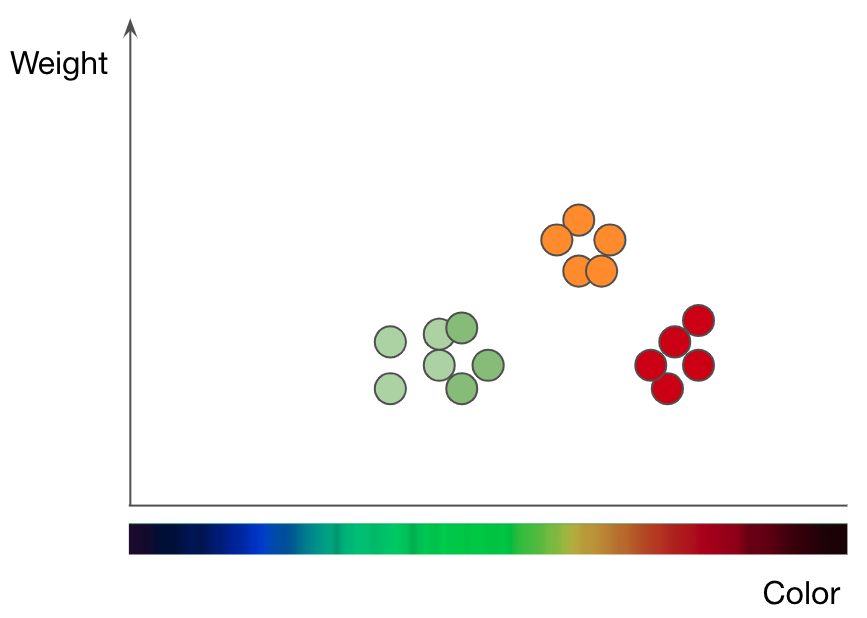

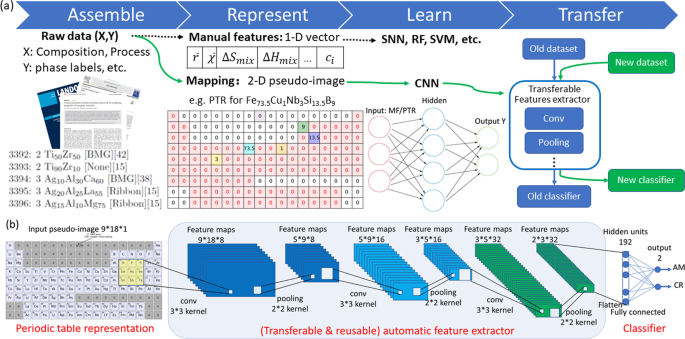

![What Is Transfer Learning? [Examples & Newbie-Friendly Guide]](https://assets-global.website-files.com/5d7b77b063a9066d83e1209c/627d125248f5fa07e1faf0c6_61f54fb4bbd0e14dfe068c8f_transfer-learned-knowledge.png)
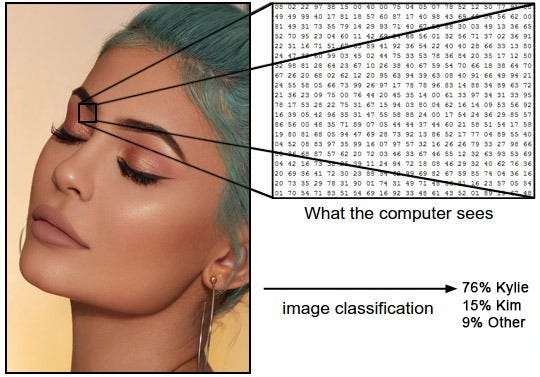


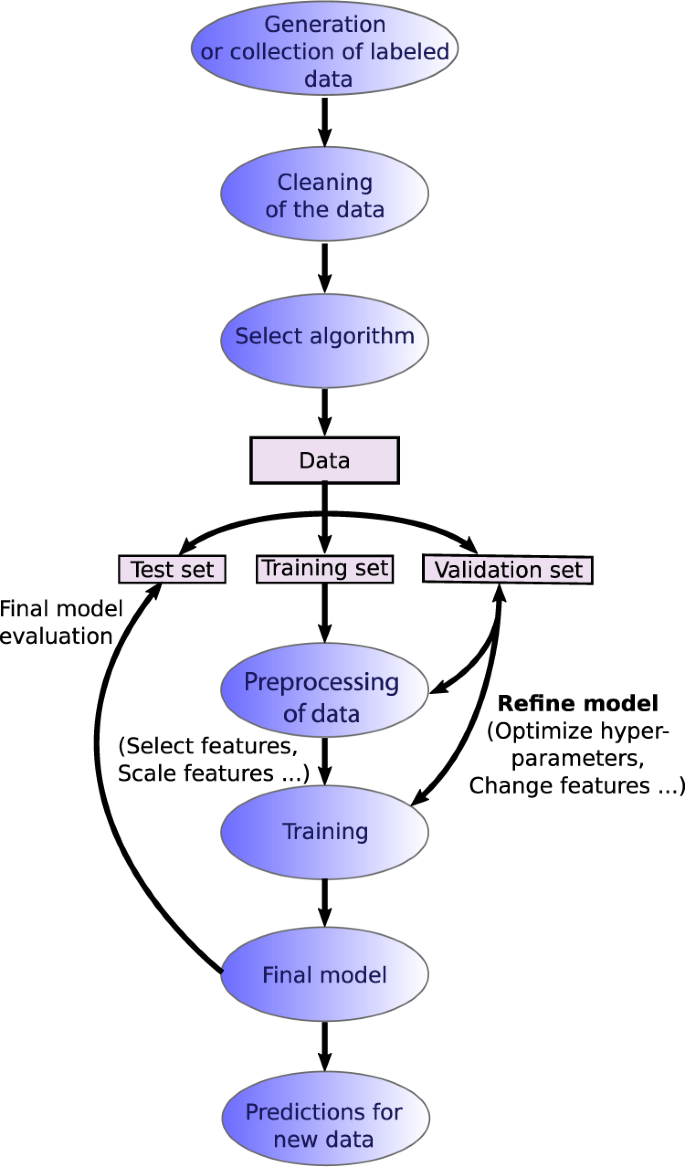
Post a Comment for "38 soft labels deep learning"